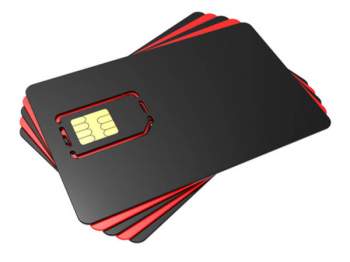
Credit Card Fraud Quick Overview

What is Credit Card Fraud?
Credit card fraud is a fairly broad and wide-ranging term that encompasses both fraud and theft committed in conjunction with credit card use or similar payment mediums. Credit card fraud arises when an individual or business scam fraudulently and illegally steals another party’s credit card information. When this personal information is obtained, the party engaging in credit card fraud will purchase goods or obtain unauthorized funds from the victimized party’s account.
Credit card fraud is also held, in regards to a legal interpretation, as being congruent with identity theft; when an individual’s identity stolen, their personal financial information is also usurped, ultimately leading to credit card fraud.
Types of Credit Card Fraud:
Stolen Credit Cards: When a credit card is stolen or lost, it remains functional until the holder of the credit card notifies the issuing company that the card is no longer in the holder’s possession. The majority of issuers possess 24-hour telephone numbers to encourage the immediate reporting of lost or stolen cards.
Even with such accessible lines; however, it is still possible for a thief to engage in unauthorized purchases on the lost or stolen card until it is cancelled. This access is possible because the only common security measure found on a generic credit card is the signature panel. That being said, other measures are taken to prevent credit card fraud and to ensure that credit cards are used by the actual owner and holder of the card. Common countermeasures to prevent credit card fraud will require the user of the card to enter in some form of identifying information, such as the holder’s ZIP code, to ensure that the card is not being fraudulently used. Requirements such as these; however, will differentiate and vary based on state law—some states, such as California claim that is illegal for a merchant to request a card user’s ZIP code.
Stolen cards are the most prevalent form of credit card fraud; many people are careless with their credit cards, augmenting the probability of losing or having their cards stolen. Unfortunately when this occurs, credit card fraud is possible due to an individual’s ability to simply walk in a store and use a credit card without restriction or personal information requirements.
Compromised Credit Cards: Compromised account information is another common form of credit card fraud. All information concerning a credit card is stored in a number of formats; account numbers are typically embossed or imprinted on the card itself along with a magnetic stripe on the back which contains the date in a machine readable format.
The most common forms of credit card will include the following information: the name of the card holder, the expiration date of the card, the verification or CVV code of the card and the account number. When this information is taken, through simple observation of the card, an individual, in some capacity may be able to access the credit line attached to the card. This illegal obtainment of information can lead to numerous forms of credit card fraud, such as “carding.”
Skimming: This form of credit card fraud is used in an otherwise legitimate or common transaction. Skimming takes place on the “inside” and is typically done by a dishonest employee of a legitimate financial institution or merchant. Those who partake in this form of credit card fraud will procure a victim’s credit card number by using basic methods such as photocopying receipts or more complex means such as using small electronic devices (known as skimmers) to swipe and store numerous credit card numbers.



















